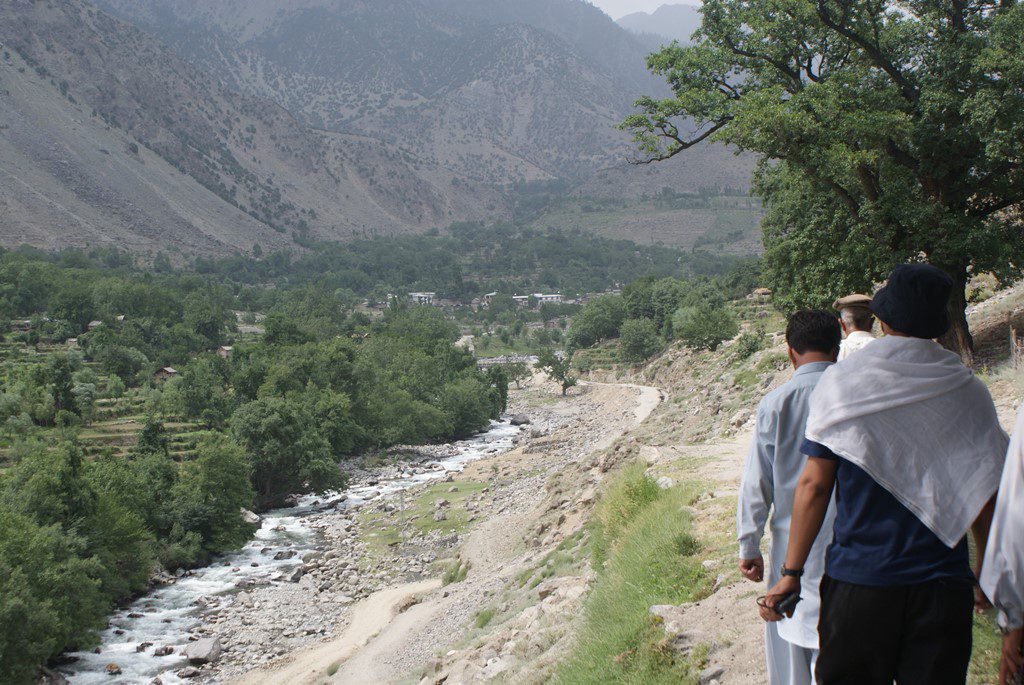Landslide Susceptibility Mapping in Basha Diamer Dam Area using Remote Sensing and Modelling Techniques
Descriptions
The objectives of this project were: 1) To develop a landuse/landcover map from ALOS/AVNIR-2 satellite images using Object Based Image Analysis (OBIA) technique, and 2) To delineate the landslide potential area using maximum entropy and weighted logistic regression approaches.
This project catered the monitoring and evaluation requirements of land acquisition and resettlement activities in the Basher Diamer Dam Project area, comprises of Diamer district of Gilgit-Baltistan province with 37,419 acres of land encompassing 35 villages. Two statistical approaches, namely, Maximum Entropy and Weighted Logistic Regression were used to calculate the probability of landslides occurrences. The ultimate goal of both the approaches was to find the best fitting model that describes the relationship between the dependent variable (landslides inventory) and the independent variables (elevation, slope, aspect, rigid terrain, distance to drainage, distance to steep drainage, geology, landuse/landcover). Landslide susceptibility maps were produced using both the qualitative and quantitative approaches and categorized into different susceptibility classes. The scale of geology map was found to be inappropriate to use with other variables and it was later dropped from the analysis. Without geological layer, landuse/landcover (LULC) layer shows highest contribution to landslide susceptibility. A detail landuse/landcover map of the study area was prepared from ALOS/AVNIR-2 multi-spectral data by applying object base image classification (OBIA) techniques. The standard Land Cover Classification System (LCCS) of the FAO and UNEP was used to define classification legend systematically in the Diamer district. Among fifteen LULC classes, the bare soil and shrubs classes showed highest contributions in determining the landslide susceptibilities.

